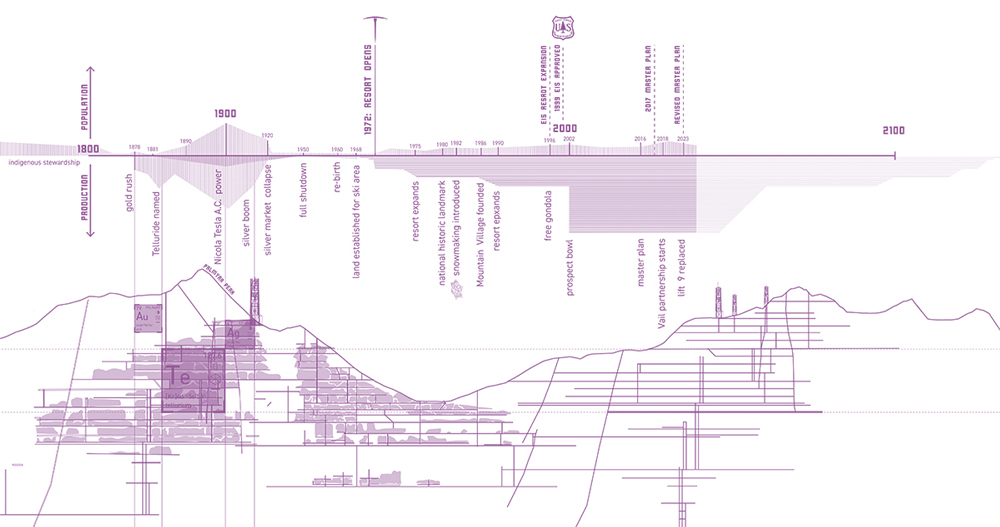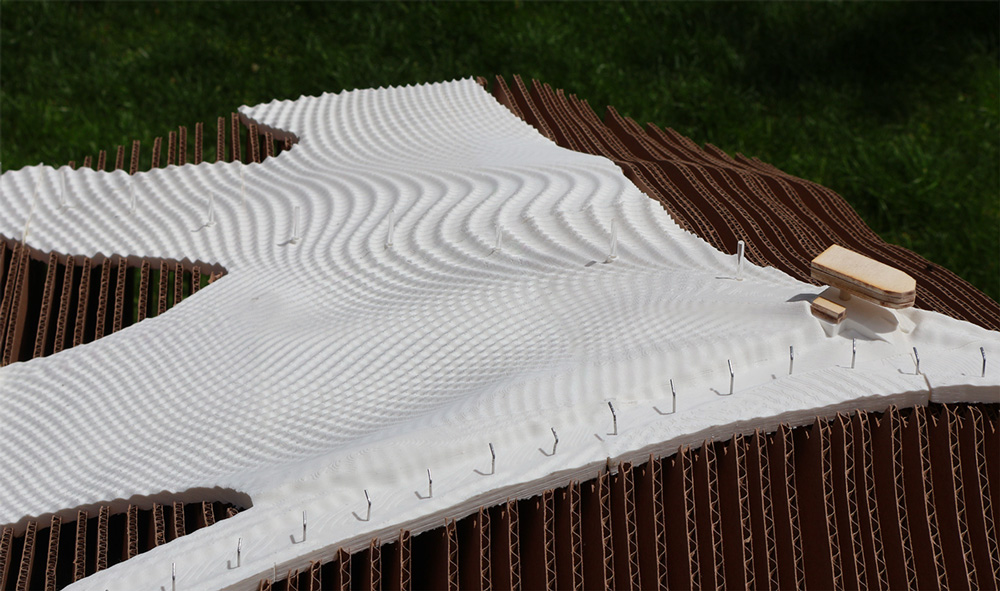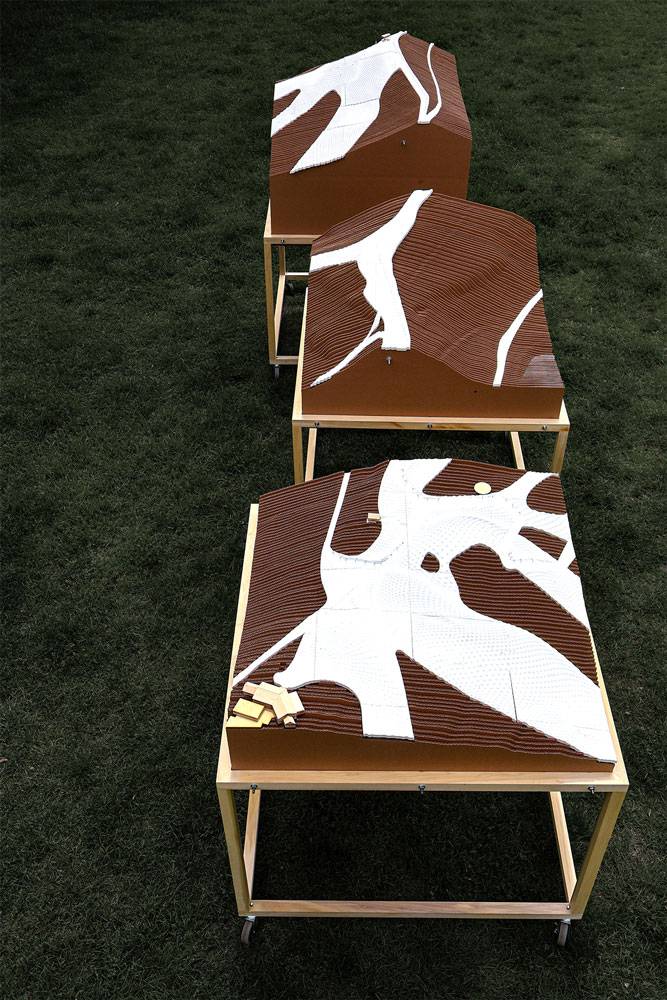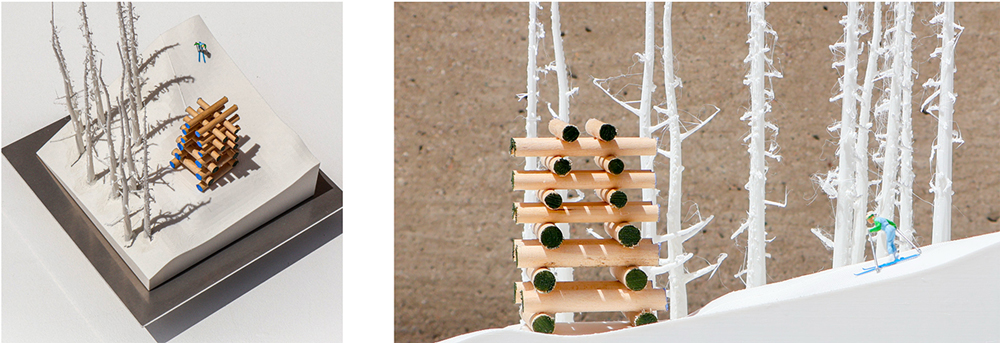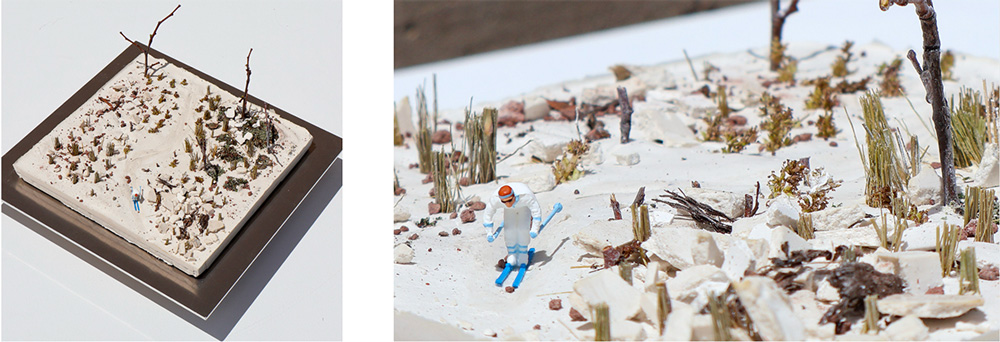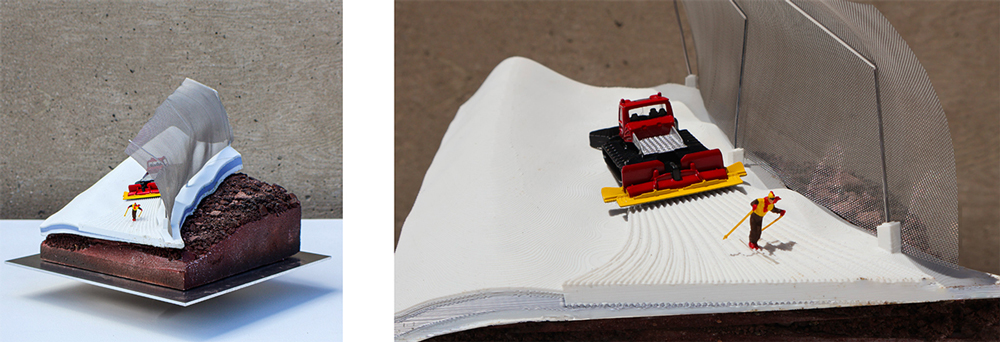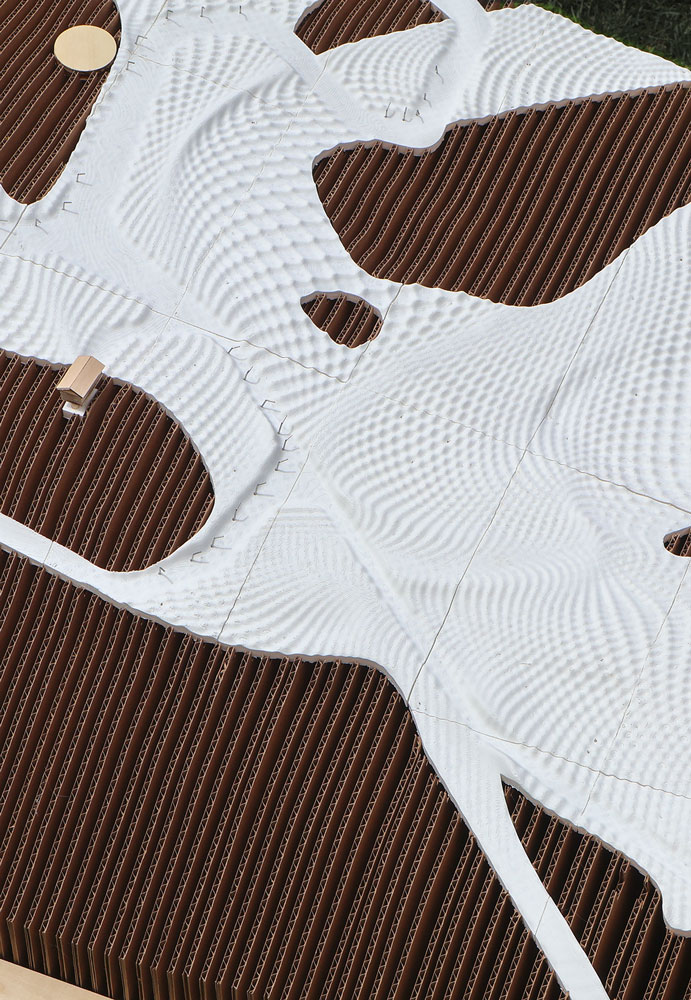After Snow: The Case for an Alpine Public
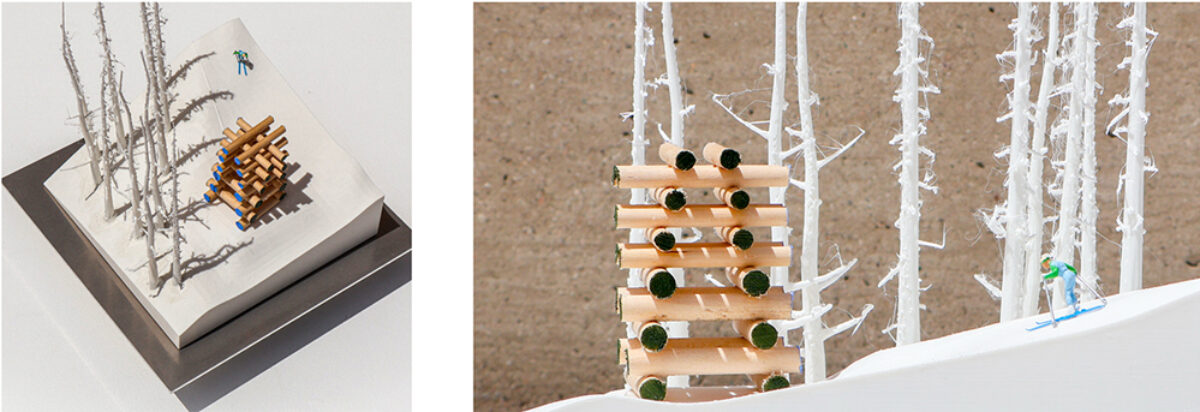
Cory Robinson Page (MLA I/MUP ’25)
In the not-so-distant future, winter as we know it may cease to exist. In an era of climate transition, alpine skiing demands reexamination: What happens after snow? This thesis envisions the ski resort as a public terrain for contested remediation rather than a privatized, extractive enclave. Focusing on the Telluride Ski Resort in Colorado, the project examines the mountain as a designed landscape—clear-cut, regraded, and reshaped. It also traces the industry’s corporate consolidation and shift from natural to artificial snow.
Skiing has long been romanticized as an escape to a pristine natural world. But resorts like Telluride are highly engineered—shaped through landforming and technical infrastructures to construct the illusion of permanence. Telluride has taken drastic measures to sustain this illusion in a warming world, expanding its snowmaking network and turning water into frozen infrastructure.
Working through three spatial strategies—Foil, Filter, and Frame—“After Snow” reimagines the alpine slope. Foil reclaims forest remnants by constructing cairns from dead trees to mark and expand public access; Filter retools snowmaking systems to disperse native seeds and reshapes terrain to support ecological succession; and Frame defines new spatial thresholds within existing ski runs.
Across alpine regions—from the Alps to the Rockies—the snowy landscapes that define skiing are unraveling: melting and simultaneously reengineered to simulate what no longer naturally falls. Rather than project skiing’s end, “After Snow” proposes a designed transition—tying the sport’s long-term survival to the creation of an alpine public.



